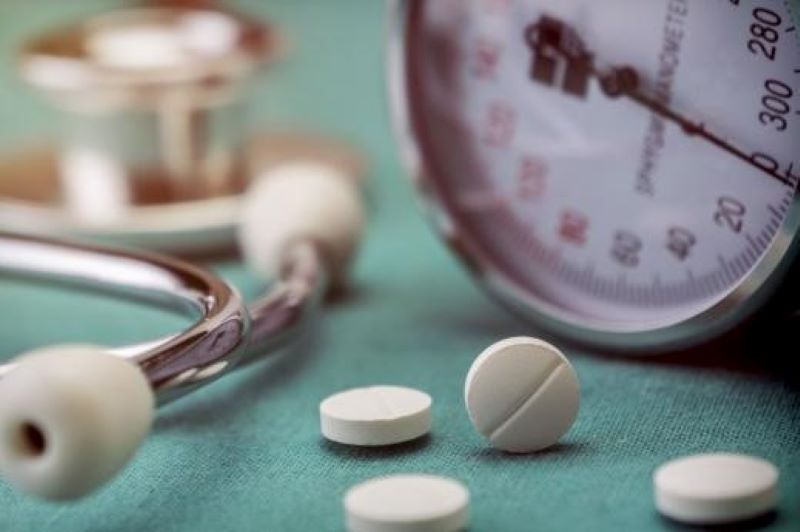
How to conduct antihypertensive treatment? An overview of drugs
The choice of drug with which to start antihypertensive treatment is always guided by an evaluation of the pros and cons of the various drug categories
Once treatment has begun, however, it is mainly conditioned by the efficacy and tolerability of the drug in the individual patient.
The efficacy of the various antihypertensive drugs is in fact superimposable at the population level: the extent of the drop in blood pressure is directly proportional to the pre-treatment blood pressure values and, in unselected hypertensives, all antihypertensives lead to a satisfactory response in 50-60% while they are poorly effective in the remaining 40%.
Antihypertensive drugs, which treatment?
For this reason, even after carefully assessing the individual patient, we are still unable to predict what his or her response will be to our chosen treatment.
Indeed, the rationality of the choices may eventually be overwhelmed by the evidence of the results and drugs that are theoretically unsuitable for the patient may instead turn out to be useful. In the event of an unsatisfactory response it is possible to
- replace the drug initially chosen because it proved ineffective in reducing blood pressure (‘side stepping’)
- resort to pharmacological combinations (‘step up’).
Precisely because it is not possible to predict the most effective drug a priori, another way of conducting antihypertensive therapy is ‘step down’.
It is carried out by starting directly with a pharmacological association, to suspend, when the therapeutic objective is reached, one of the components of the association at a time in order to identify the one responsible for the greatest efficacy.
Treatment with a stable patient
When the tension values normalise, the patient should be advised to keep the therapy unchanged, even if follow-up visits are thinned out.
During chronic therapy, quarterly blood pressure readings should be taken in the outpatient clinic, while monthly measurements may be taken at home by the patient or a family member.
Measurements should be recorded in a diary, which will be used to monitor the pressure control achieved, but should not become a guide to self-prescription by the patient.
In patients with biochemical parameters within limits before the start of therapy, annual monitoring of creatinine, cholesterolaemia, glycaemia and triglyceridaemia is recommended.
In the presence of diuretic therapy it is also recommended to check potassiemia and uricemia after one and six months of therapy.
Read Also:
Emergency Live Even More…Live: Download The New Free App Of Your Newspaper For IOS And Android
Thrombosis: Pulmonary Hypertension And Thrombophilia Are Risk Factors
Pulmonary Hypertension: What It Is And How To Treat It
Medications For High Blood Pressure: Here Are The Main Categories
Blood Pressure: When Is It High And When Is It Normal?
Assess Your Risk Of Secondary Hypertension: What Conditions Or Diseases Cause High Blood Pressure?
Pregnancy: A Blood Test Could Predict Early Preeclampsia Warning Signs, Study Says
Everything You Need To Know About H. Blood Pressure (Hypertension)
Non-Pharmacological Treatment Of High Blood Pressure
Drug Therapy For The Treatment Of High Blood Pressure
Hypertension: Symptoms, Risk Factors And Prevention
Kids With Sleep Apnea Into Teen Years Could Develop High Blood Pressure
High Blood Pressure: What Are The Risks Of Hypertension And When Should Medication Be Used?
Organ Complications Of Hypertension
How Does A Stroke Manifest Itself? Signs To Watch Out For
Pulmonary Vasculitis: What It Is, Causes And Symptoms


